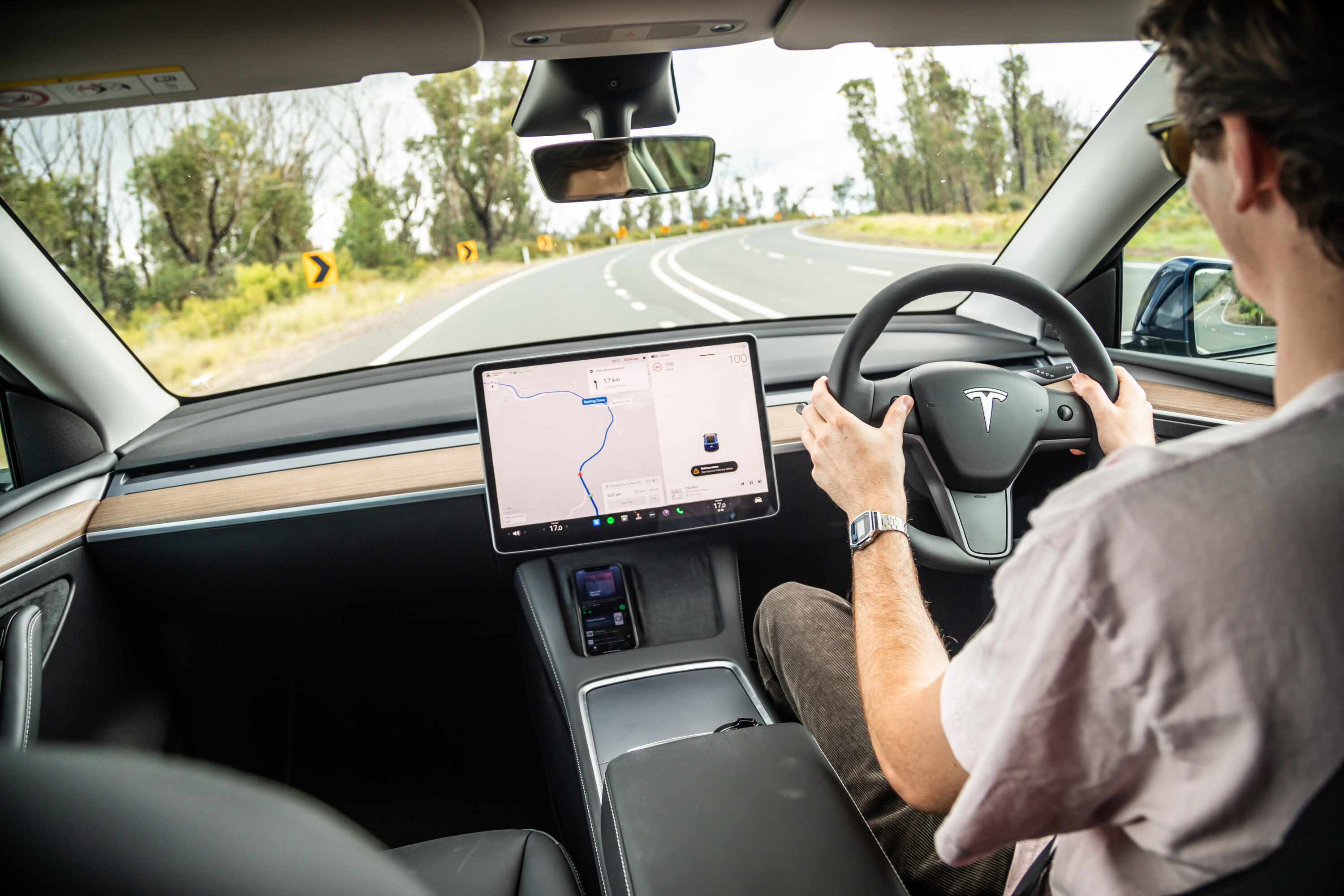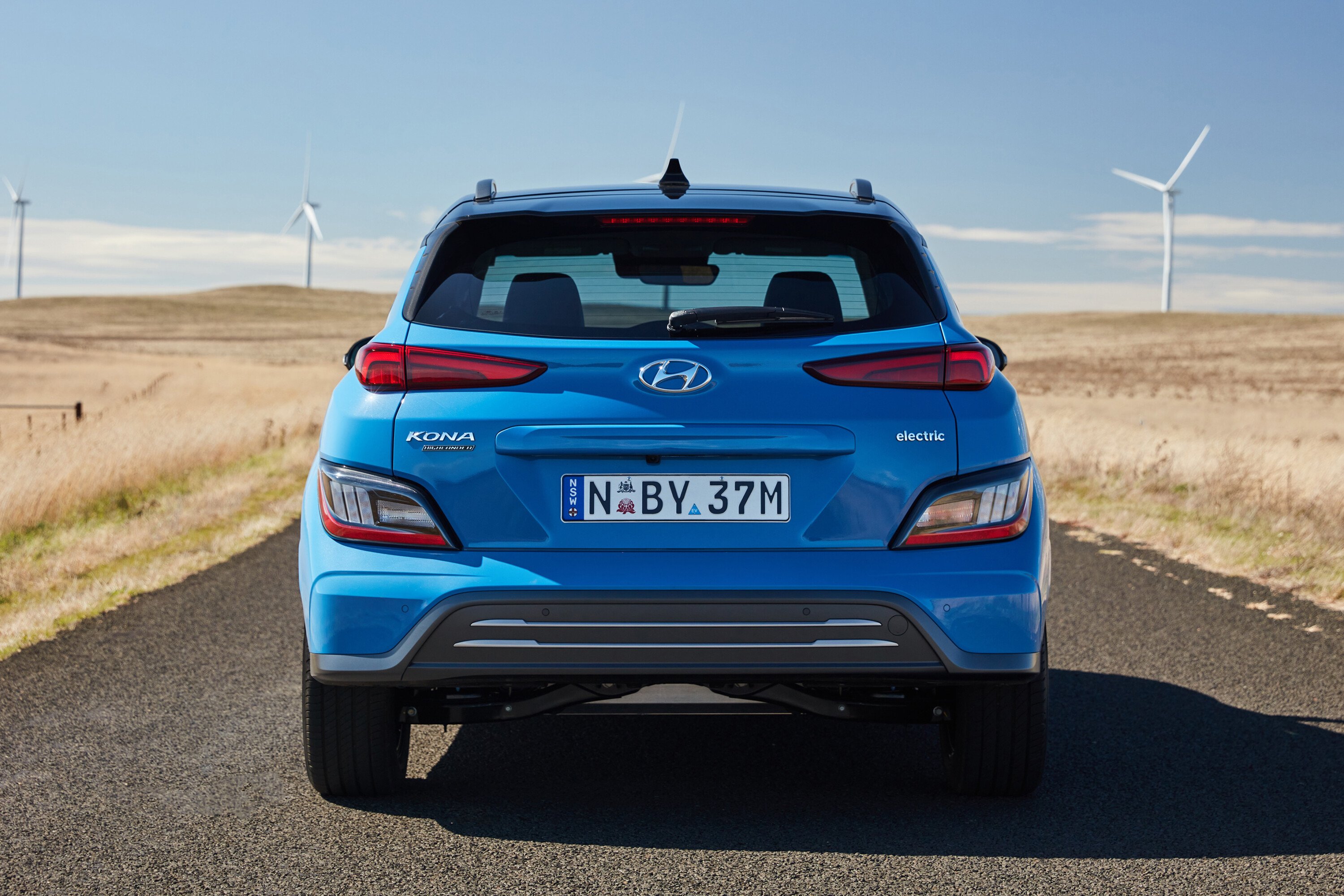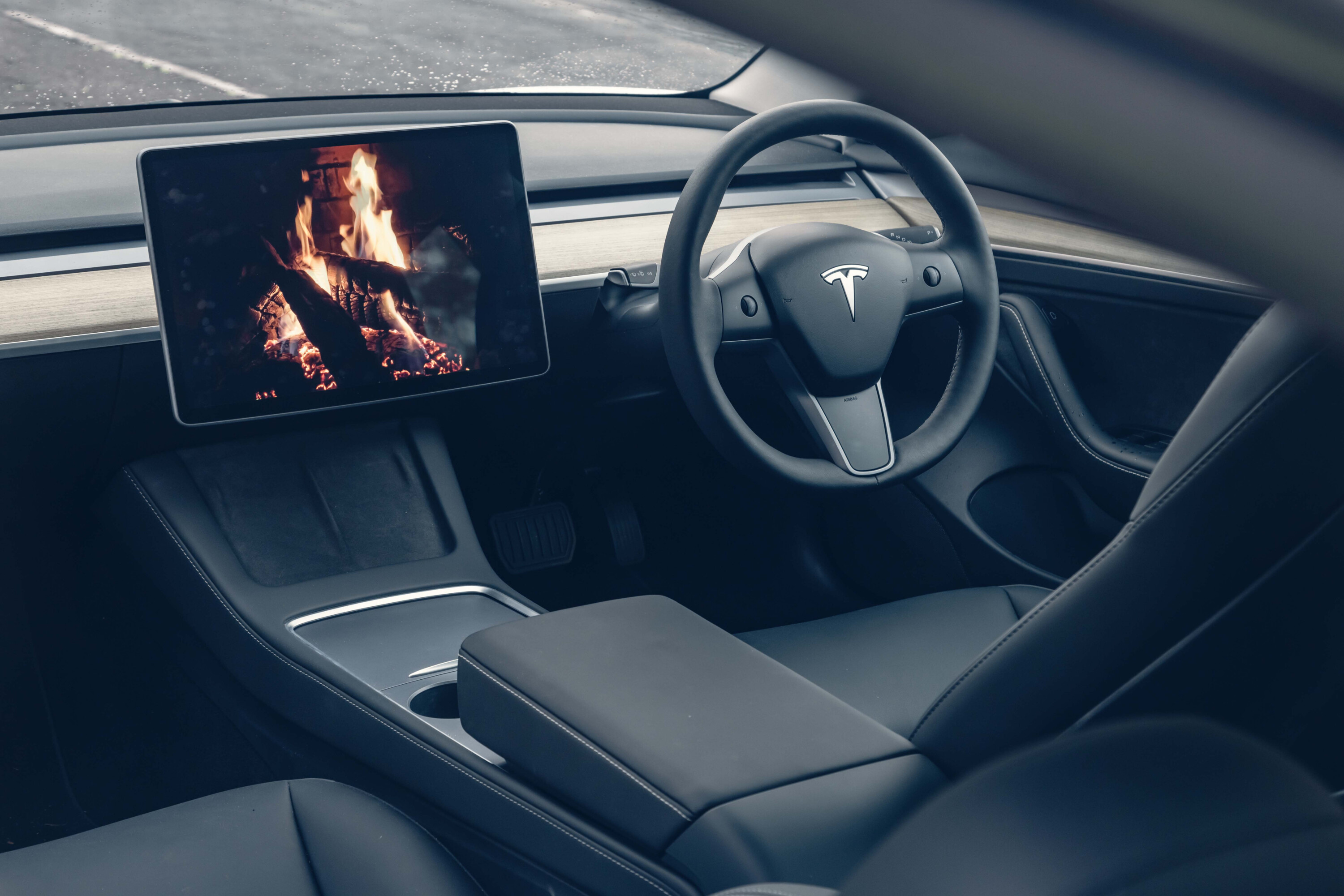
A study by EV battery research firm Recurrent [↗] has found using the air-conditioning to cool an electric car’s interior can reduce driving range by up to 31 per cent – but it’s still less intensive than heating.
Snapshot
- Using air-con in summer more efficient than winter for EVs
- Range can be reduced by up to 31 per cent in hot climates
- Tesla EVs more stable, outgoing Kona EV better than claim
The research coincides with the ongoing heat wave in Western North America, where temperatures have been recorded at up to 54º Celsius in some areas.
Recurrent revealed that EVs running their cabin cooling systems in 37.7º Celsius climates can impact range by up to 31 per cent – although the company concedes this is “based on extremely limited data”.

In 32.2º Celsius weather, range loss was tested at just five per cent, while 26.7º temperatures only saw range reduced by 2.8 per cent.
The research firm concluded that the difference in the ideal car cabin temperature for occupants and the outside temperature is usually smaller in the summer than winter.
For example, in the summer, occupants may want to change the cabin temperature by 20 to 25º compared to the outside – but in the winter, the difference may be more than 50º.

Recurrent collected data from 17,000 vehicles across 65 pure electric and plug-in hybrid models
To limit the energy drain of heating cabins in the winter, some models adopt heat pumps – such as the BYD Atto 3, Tesla Model 3, and top-spec Hyundai Ioniq 5 – to harvest waste heat generated from the electric drive unit to warm up the interior.
Recurrent collected data from 17,000 vehicles across 65 pure electric and plug-in hybrid models, including the Tesla Model Y, Chevrolet Bolt EV, Hyundai Kona Electric, Nissan Leaf, and Ford Mustang Mach-E.
Interestingly, the Mustang Mach-E electric SUV had a wider variation in range when operating the climate control in 15.6º compared to 37.7º outside temperatures than other EVs on test, whereas the Nissan Leaf hatchback had less range in summer than in winter.
The Tesla Model 3, Y, S and X maintained fairly stable and consistent driving range despite changing outside temperatures.
Meanwhile, the outgoing Hyundai Kona Electric impressively achieved better real-world range than the claimed strict EPA testing cycle, regardless of the weather conditions.
Therefore, this demonstrates that the impact on EV range varies depending on the efficiency of each model’s climate control system – but cooling cabins in the summer is generally less battery-draining than heating cabins in the winter.
More EV stories to help you choose the best car for your needs
- ? EV news, reviews, advice & guides
- ❓ Short & sweet: Your EV questions answered
- ⚡ New EVs: Everything coming to Australia
- ? Australia’s EVs with the longest driving range
- ⚖️ Best-value EVs by driving range
- ? How much do EVs cost in Australia?
- ? How much more expensive are EVs?
- ⚖️ Number crunching: Is it time to switch to an EV?
- ♻ Should you buy a used EV?
- ?️ Are EVs more expensive to insure?
- ? Costs compared: Charging an EV vs fueling a car
- ? EV charging guide
- ? Are there enough EV chargers in Oz?
- ?? EV servicing explained
- ? EV battery types explained
- ? When do EV batteries need replacing?
- ? Hydrogen v EVs: What’s best for Oz?
- ? How sustainable are EVs, really?




